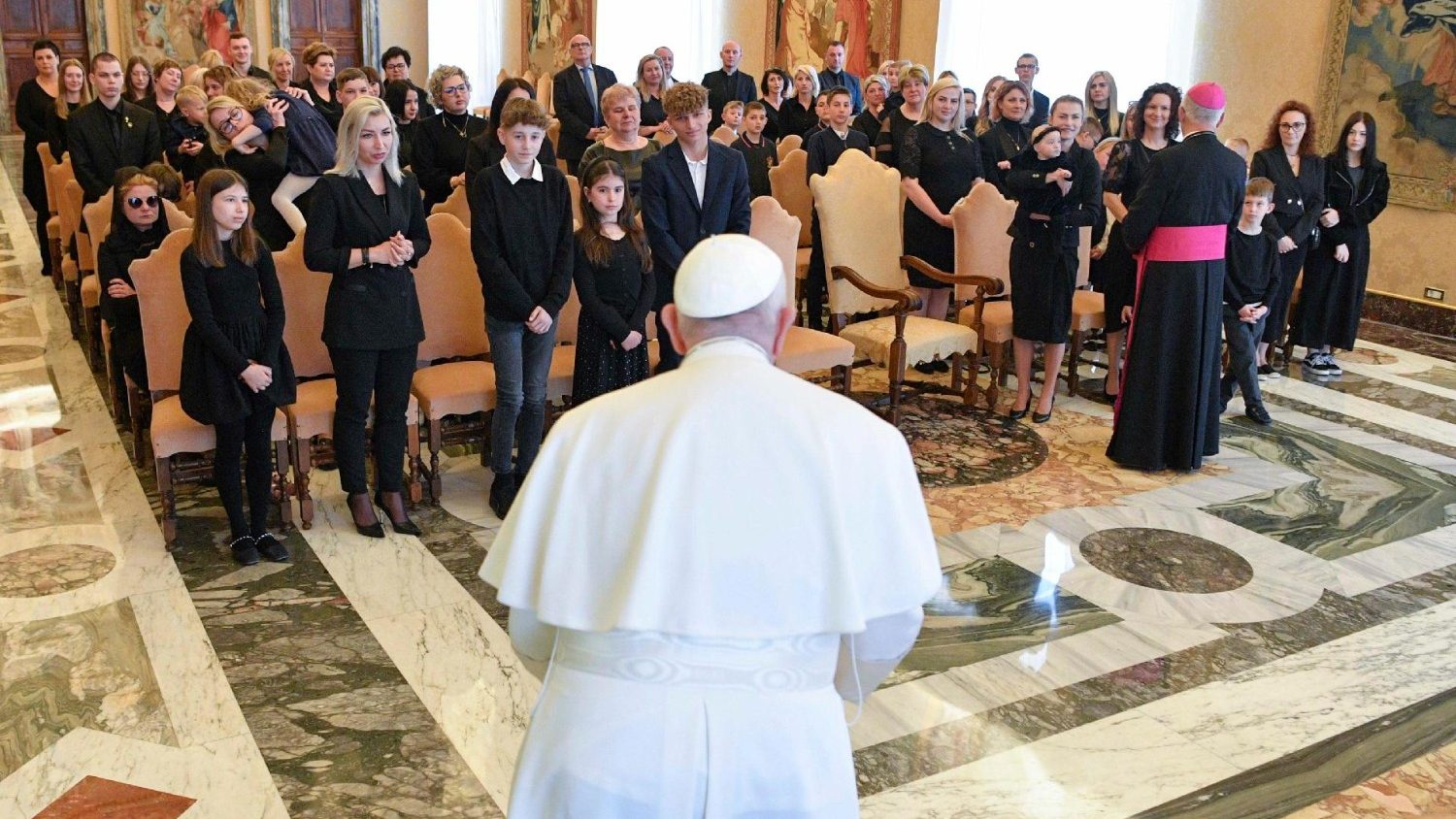The banking sector around the world is facing a state of uncertainty, especially after the sudden collapse of banks in the United States, and the subsequent rescue attempts of a European bank.
Investors and ordinary individuals are witnessing the turmoil of the banking sector, so that they find themselves facing difficult choices, as protecting their money and the liquidity they possess has become the highest priority.
US President Joe Biden said in a speech during his visit to Canada, Friday, that “the banks are fine,” adding, “The banks are fine. I think it will take some time for things to calm down, but I don’t see anything on the horizon about explosion”.
Despite the pressures banks face, they are still the perfect place to save money, especially since deposits that do not exceed $250,000 are protected in any US bank under the Federal Deposit Insurance clause, according to a report published by the newspaper. Wall Street Journal.
Some may tend to put their money in banks in current accounts, but it “does not provide any return on this money,” which means that keeping this cash in this way means “losing the opportunity to earn.” What are the options available to save individuals’ money and benefit from their returns?
High-yield savings accounts
These accounts usually offer interest rates adapted to those set by the Federal Reserve, which ranges between 3-4 percent during the current time.
What distinguishes these accounts is that they are low-risk, have flexibility to withdraw money at any time, and are often federally insured.
The successive crises related to banks that the world has witnessed in recent years, the most recent of which is the collapse of Credit Suisse and Silicon Valley banks, with the required government intervention, raise questions about the way banks operate, which sometimes pose grave risks to the economy, according to a report published by Agence France-Presse.
money market funds
These funds invest money in short-term debt securities, including treasury bills, into which people pumped about $115 billion over the past week, the largest net weekly inflow since 2020, according to the newspaper, citing data from Refinitiv Libre.
These funds give returns on funds, while some prefer government funds instead of private funds, due to the low fees they grant on deposits, but their risks are considered higher than other funds, because they are not insured by the Federal Insurance Corporation.
Interest rate hike and “financial instability”…challenges facing the Fed and market indices are declining
The US Federal Reserve raised interest rates, Wednesday, by a quarter of a percentage point, continuing its campaign to curb inflation. However, there are reports about the dangers of “financial instability” in the coming months due to monetary policy. On the other hand, the Fed stressed that all depositors’ savings are safe.
Certificates of deposit
Certificates of deposit are among the safest investments, and they usually provide higher interest rates than savings or current accounts, in exchange for holding funds for a specific period, which ranges from three months to two years.
Investors are not allowed to withdraw their money before the end of the specified period or they have to pay a fine, and interest rates are pre-determined, which means that if the Federal Reserve raises interest rates, your investment returns will not be affected by the increase.
US government bonds
You can buy US Treasury bills directly, which allows investors to have more control over the bonds they buy, in which returns reach about 4.7 percent.
The report advises that you should not go for this option, unless you are aware of what you are doing to achieve the best return on investment for you.
The collapse of the banks sparked panic in the banking sector and financial markets, and fears that the consequences would be reflected on the global economy at a time when it suffers from severe inflation and slow growth.
The effect of raising interest on individual accounts…and the best ways to avoid increasing costs
After two weeks of banking turmoil, the US Federal Reserve raised interest rates again to try to curb inflation. This increase has an impact on consumer savings, loans, credit cards and investments, according to experts.
Two weeks after the first turmoil, US Federal Reserve Chairman Jerome Powell on Wednesday acknowledged the risks of “tightening lending conditions to households and businesses” at a time when the central bank raised interest rates by a wide margin to tackle inflation, causing a slowdown in the economy.
Powell warned that this could “throw its weight on demand, the labor market and inflation,” while European Central Bank President Christine Lagarde warned of “new downside risks” in light of an already fragile economy.
However, the situation is still far from the storm that followed the collapse of the US giant Lehman Brothers 15 years ago.


